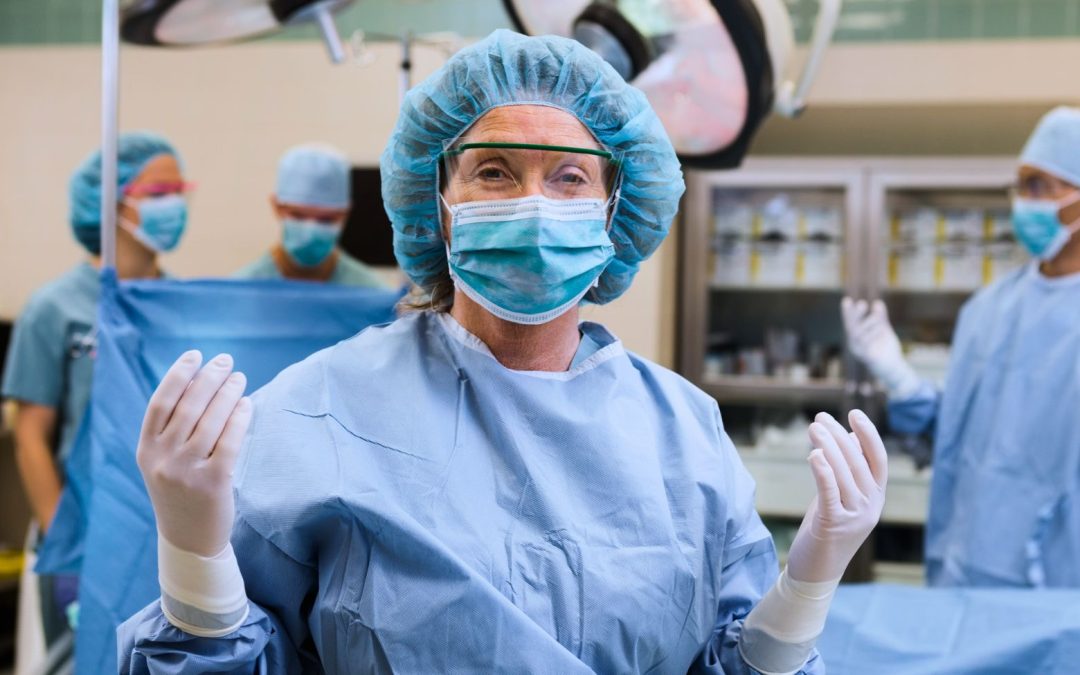What Can I Do to Raise Awareness About Osteoporosis?
Osteoporosis is one of the most common chronic conditions affecting the growing geriatric population. By 2030, the World Health Organization (WHO) anticipates that 1 in 6 people in the world will be over age 60.
It is also important to note that osteoporosis can affect young people, too. Particularly those who are experiencing or have experienced anorexia nervosa or malnutrition.
Oftentimes, there can be mixed messages people see on social media and from their community members regarding health conditions.
Nurses are the most trusted profession for a reason. Patients often turn to nurses for medical information since there can be so many uncertainties about health care, medication, and more.
Some ways you can raise awareness about osteoporosis include:
- Providing educational materials
- Addressing any concerns about mobility and pain
- Reviewing patients’ health records
- Educating patients on diet and lifestyle
- Discussing with nursing management any osteoporosis education efforts at your workplace for both patients and staff








